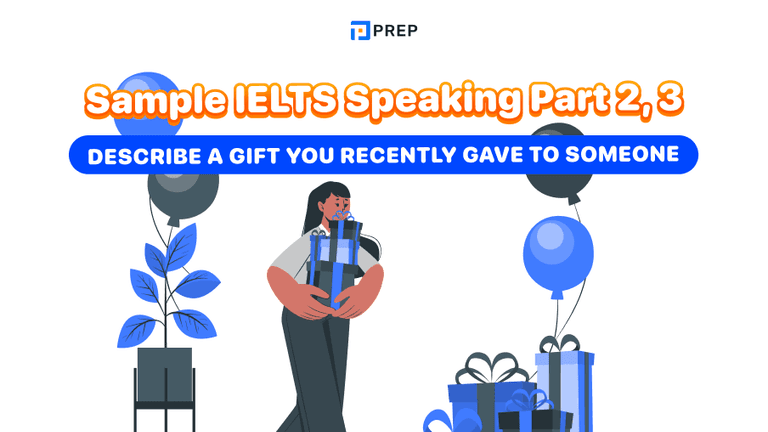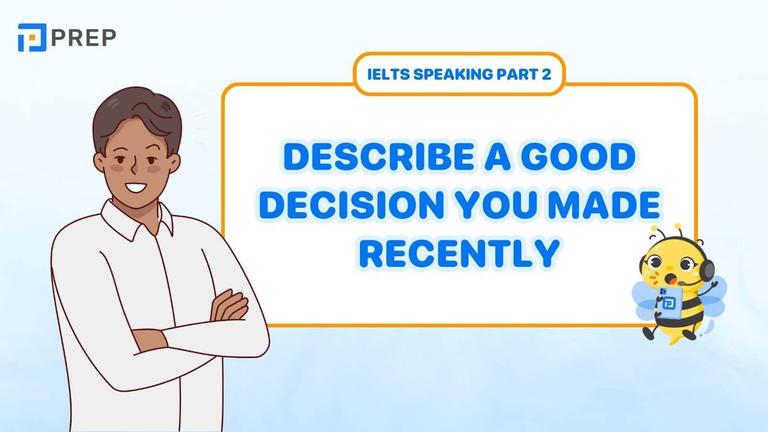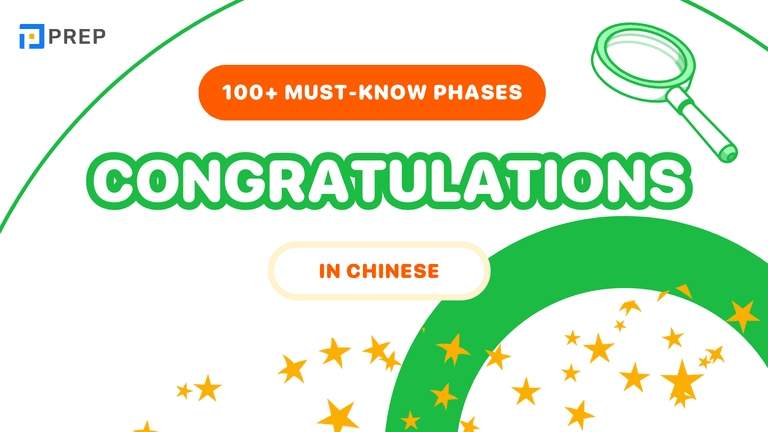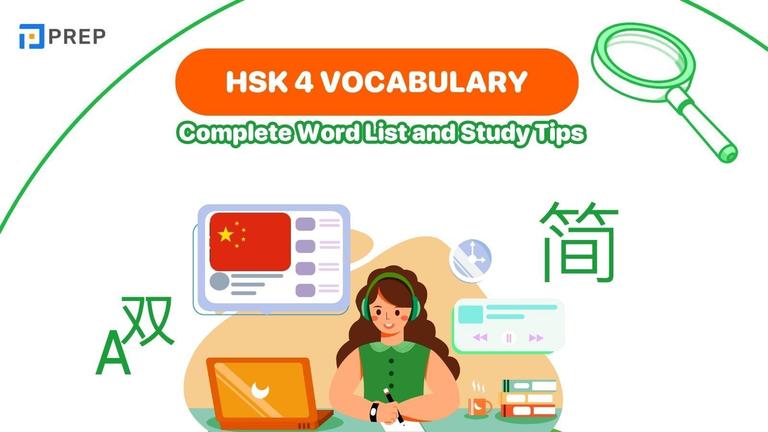Shopping Conversations: Phrases, Topics & Scripts
Shopping is one of the most common real-life topics in English learning. In this guide, you'll explore useful phrases, vocabulary, and sample dialogues to help you speak more confidently while shopping. Perfect for IELTS, TOEIC, and everyday communication.
I. Common Topics for Shopping Conversations
Shopping conversations are interactions between customers and store staff or between friends while discussing purchases. These dialogues often happen in physical stores, markets, supermarkets, or even online shopping platforms. They usually involve asking for prices, product details, payment, returns, and more.
Shopping conversations are one of the most practical and relatable themes in English speaking practice. Understanding the common topics that appear in everyday shopping situations helps learners become more confident and fluent in real-life interactions, both in casual and professional settings.
Popular Themes in Shopping Conversations
- Daily shopping needs – groceries, clothes, cosmetics, personal items
- Asking for discounts or deals – bargaining, promotions, loyalty points
- Describing product features – size, color, brand, quality, material
- Handling returns and complaints – refunds, exchanges, damaged goods
- Online shopping communication – ordering, tracking, reviews, customer chat
Each of these topics provides a great opportunity to build useful vocabulary, practice polite and natural expressions, and become more confident using English in real shopping scenarios.
II. Useful Phrases and Vocabulary for Shopping
When engaging in shopping conversations, knowing the right expressions and vocabulary helps you communicate clearly, get the best deals, and handle any issues smoothly. Below are categorized phrases and word lists for different shopping situations.
Greetings and Starting a Conversation
Phrases to approach a store clerk or begin an interaction politely:
- Hello, could you help me find…?
- Good morning, I’m looking for…
- Excuse me, do you have this in stock?
Vocabulary: shop assistant, customer, aisle, display, counter.
Asking About Products
Phrases for inquiring about availability, features, and prices:
- How much is this?
- Do you have this in other colors?
- Is it on sale?
Vocabulary: brand, model, size, material, price tag, stock.
Negotiating and Asking for Discounts
Useful language for bargaining or confirming special offers:
- Can you give me a discount?
- Is there a promotion on this item?
- If I buy two, can I get a better price?
Vocabulary: discount, sale, bargain, deal, special offer, clearance.
Payment and Checkout
Expressions to complete a purchase:
- I’ll take this, please.
- Can I pay by card?
- Could I have a receipt, please?
Vocabulary: receipt, change, cash, credit card, payment method, checkout. Similar polite phrases also appear in conversations in restaurants, where ordering and paying are key skills.
Returning and Complaining
Phrases for returning items or making a complaint:
- I’d like to return this, it’s faulty.
- Can I exchange it for another size?
- I’m not satisfied with the quality.
Vocabulary: refund, exchange, defective, warranty, policy.
By mastering these phrases and terms, you can confidently navigate both in-store and online shopping experiences, handle customer service situations, and express your needs effectively.
III. Sample Shopping Conversations
One of the best ways to improve your English speaking skills is by practicing with sample dialogues. Shopping conversations are particularly useful because they simulate real-life scenarios you may encounter in stores, supermarkets, markets, or customer service situations.
To support learners of different levels, below are three types of shopping dialogues—specially designed for beginner, intermediate, and advanced English learners.
1. Beginner-Level Dialogue
Beginner shopping conversations should focus on clear, simple exchanges that help learners build confidence using English in everyday situations. These short dialogues use Present Simple tense and cover basic shopping topics like buying groceries or asking for prices.
Dialogue 1: Buying Groceries
- Customer: Excuse me, how much are the apples?
- Shop Assistant: They’re $2.50 per kilo.
- Customer: I’ll take one kilo, please.
- Shop Assistant: Sure! Anything else?
- Customer: No, that’s all. Thank you.
- Shop Assistant: You’re welcome!
Dialogue 2: Asking About Clothes
- Customer: Hi, do you have this T-shirt in blue?
- Shop Assistant: Let me check... Yes, we do.
- Customer: Great! Can I try it on?
- Shop Assistant: Of course. The fitting room is over there.
Dialogue 3: Buying Personal Items
- Customer: Hello. I need a toothbrush and some soap.
- Cashier: Aisle 3 has both. Do you want a basket?
- Customer: Yes, thank you.
- Cashier: You’re welcome. Let me know if you need help.
Practice tip: Try role-playing with a partner. Switch roles between customer and shop assistant to get comfortable with both sides of the conversation.
2. Intermediate-Level Dialogue
At the intermediate level, shopping conversations become more detailed and dynamic. Learners are expected to respond with longer sentences, ask clarification questions, and describe past experiences using a wider range of tenses and vocabulary—including basic collocations and idioms.
Dialogue 1: Shopping for a Gift
- Customer: Hi, I’m looking for a birthday gift for my sister.
- Shop Assistant: Sure! How old is she, and what does she like?
- Customer: She’s 18 and really into fashion.
- Shop Assistant: In that case, we just got a new collection of handbags.
- Customer: Oh, nice! Do you have something under fifty dollars?
- Shop Assistant: Yes, this one is $45 and very popular.
- Customer: It looks perfect! Can I return it if she doesn’t like it?
- Shop Assistant: Absolutely, within 7 days with the receipt.
Dialogue 2: Comparing Two Products
- Customer: I can’t decide between these two headphones.
- Staff: Well, this one has better battery life, but the other has stronger bass.
- Customer: I see. I tried the second one last week and it sounded great.
- Staff: Yes, many customers said the same.
- Customer: Which one is more durable?
- Staff: I would say the first one. It’s made of reinforced plastic.
- Customer: That helps. I think I’ll go with quality over sound.
Dialogue 3: After-Purchase Feedback
- Shop Assistant: Hello again! Did the blender work fine?
- Customer: It’s been working really well so far. I’ve used it almost every day.
- Shop Assistant: That’s great to hear. Do you need anything else today?
- Customer: Actually, I want to buy another one as a gift.
- Shop Assistant: Same model or something different?
- Customer: The same one, please. It’s surprisingly powerful.
Practice tip: Focus on intonation and pronunciation. Try repeating some lines using your natural speaking tone. You can also rephrase key sentences using synonyms or idiomatic language as extra practice.
3. Advanced-Level Dialogue
Advanced shopping conversations often involve opinions, comparisons, polite disagreement, or complaint resolution. Students at this level should focus on fluency, tone, and using natural expressions while demonstrating emotional intelligence and persuasive communication strategies.
Dialogue 1: Comparing Online and Offline Shopping
- Emma: I used to shop online all the time, but lately I find in-store experiences more reliable.
- James: Really? I still prefer online—it saves a ton of time and gives more options.
- Emma: That’s true, but I had too many issues with returns and wrong sizes.
- James: Fair. I've dealt with that too. Though, most platforms have streamlined returns now.
- Emma: Maybe, but trying things on in-person avoids the hassle altogether.
- James: Yeah, touching the product definitely gives you a better feel for quality.
- Emma: Plus, there’s that human touch—you can actually ask someone for honest advice.
- James: Good point. I guess it depends—convenience vs. personal service.
- Emma: Exactly. I still buy basics online, but for important stuff, I go to a physical store.
- James: That’s a smart mix. You’re a hybrid shopper now!
- Emma: You could say that. Smart consumerism, right?
Phrasal verbs & idioms used: “streamlined returns”, “touching the product”, “human touch”, “go to a store”, “smart mix”
Dialogue 2: Handling a Complex Complaint
- Customer: Hello, I’d like to file a complaint about a recent purchase.
- Manager: I’m sorry to hear that. Could you tell me what happened?
- Customer: I ordered a smart speaker last week, but it arrived damaged—and the packaging looked tampered with.
- Manager: That’s concerning. We take shipping issues seriously.
- Customer: I called earlier, but no one followed up, which added to my frustration.
- Manager: I completely understand. Let me personally look into that.
- Customer: I appreciate that. I either want a full refund or an exchange—whichever is faster.
- Manager: We can expedite a replacement or issue a refund right away.
- Customer: I’ll go with the replacement—but please ensure it’s packed securely this time.
- Manager: Absolutely. We’ll double-check everything and upgrade the shipping at no cost.
- Customer: Thank you. That’s all I wanted—some accountability.
- Manager: And you deserve it. Thanks for your patience—we value your trust.
Advanced language features: formal tone, polite disagreement, customer service phrases, active listening skills.
IV. Using Shopping Conversations in Exams
Shopping is a common and practical topic in English-language exams, especially in speaking and listening sections. Here’s how the topic of shopping conversations may appear in IELTS, TOEIC, and TOEFL, and how to approach it effectively.
IELTS Speaking (Part 1, 2, 3)
In the IELTS Speaking test, shopping often shows up in:
- Part 1: General questions like: “Do you enjoy shopping?”, “What kind of things do you usually buy?”
- Part 2: A cue card may ask you to describe a shopping experience. E.g. “Describe a time you bought something special.”
- Part 3: Discussion questions such as: “Why do people enjoy shopping?”, “How has online shopping changed consumer behavior?”
Tips:
- Practice talking about both routine purchases and memorable experiences.
- Use linking words and topic-specific vocabulary.
- Incorporate idiomatic phrases like “shop around,” “a good deal,” “impulse buying”.
TOEIC Listening & Reading
In the TOEIC test, shopping contexts appear in:
- Listening Part 3–4: Dialogues between a customer and a sales assistant, or store announcements. Common phrases: “We’re offering 20% off”, “You can return it within 7 days”
- Reading Part 5–7: Advertisements, order forms, product descriptions, customer emails.
Tips:
- Focus on keywords and numbers (prices, dates, discounts).
- Listen for tone differences in complaints vs. promotional messages.
- Skim quickly for purchase policies or product features.
TOEFL Speaking and Listening
In TOEFL, shopping may be used as a setting for academic-style response tasks:
- Speaking Task 1: Questions like: “Talk about something you recently bought and why you chose it.”
- Listening Sections: A student might be speaking to a bookstore staff or describing an online order issue.
Tips:
- Use clear structure: opinion → reason → example.
- Be ready to explain preferences or compare purchases.
- Practice combining shopping context with academic skills (persuading, summarizing, evaluating options).
V. Learn English Shopping Conversations through Videos
To further improve your language skills, PREP provides high-quality videos of English shopping conversations. These videos will help you totally understand vocabulary within the context.
PREP hopes that after reading this article, you have accumulated valuable vocabulary, phrases and engaging English shopping conversations. In addition, you can explore our comprehensive guide to English conversation in everyday contexts. Stay tuned to PREP for more interesting English content!

Hi I'm Chloe, and I am currently serving as an Product Content Administrator at Prep Education. With over five years of experience in independent online IELTS study and exam preparation, I am confident in my ability to support learners in achieving their highest possible scores.
Comment
Premium content
View allPersonalized roadmap
Most read












